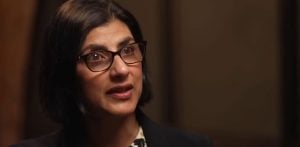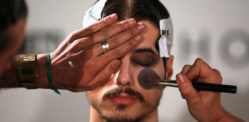"reports of women who are referred to as girls."
A study has revealed that women are consistently depicted as younger and less experienced than men in online content and artificial intelligence systems.
The study, published in Nature, was carried out by researchers at UC Berkeley Haas, Stanford, and Oxford/Autonomy University.
Researchers analysed 1.4 million images and videos alongside nine large language models trained on billions of words.
They found women were systematically presented as younger than men across thousands of occupations and social roles.
University of California, Berkeley’s Solene Delecourt, who co-authored the study, said:
“This kind of age-related gender bias has been seen in other studies of specific industries, and anecdotally, such as in reports of women who are referred to as girls.
“But no one has previously been able to examine this at such scale.”
The bias was most visible in depictions of high-powered roles such as chief executives, astronauts and doctors.
Researchers said this misrepresentation persists despite no significant real-world age gap in those jobs, according to US census data.
Co-author Douglas Guilbeault from Stanford said:
“Online images show the opposite of reality.
“And even though the internet is wrong, when it tells us this ‘fact’ about the world, we start believing it to be true.
“It brings us deeper into bias and error.”
The team also used ChatGPT to create around 40,000 fictional CVs. They found the AI tended to assume women were younger and less experienced, while older male applicants were rated as more qualified.
In another experiment, participants who viewed women in job-related images estimated the average age for those roles to be significantly lower.
When shown men performing the same jobs, participants assumed the average age was higher.
For female-dominated jobs, participants suggested younger ideal hiring ages, while for male-dominated occupations, they recommended older ones.
Delecourt added: “Our study shows that age-related gender bias is a culture-wide, statistical distortion of reality, pervading online media through images, search engines, videos, text, and generative AI.”
The findings highlight growing concerns over how gendered and age-related stereotypes are embedded in digital systems.
Experts say these biases could shape real-world hiring decisions, media portrayals, and social perceptions unless addressed at scale.






























































